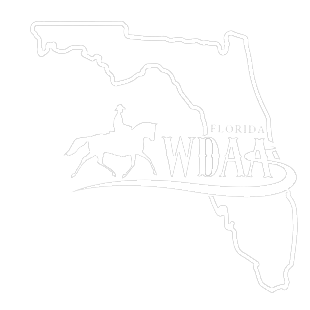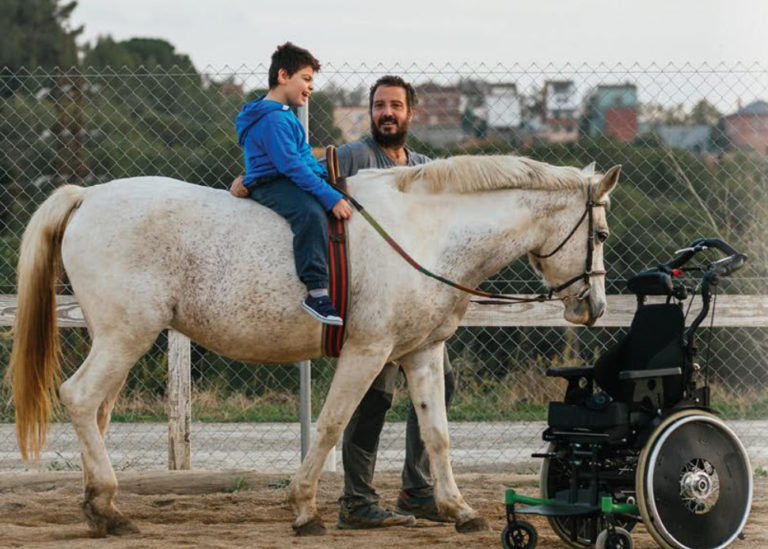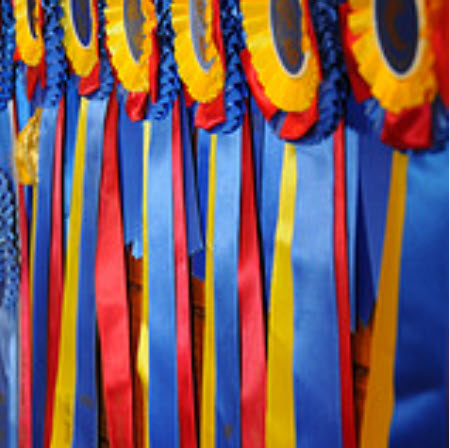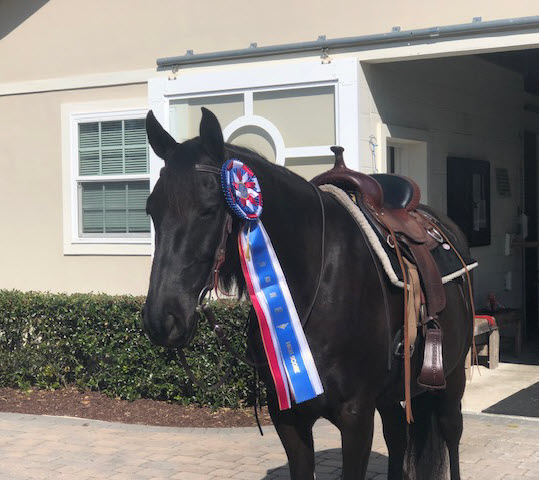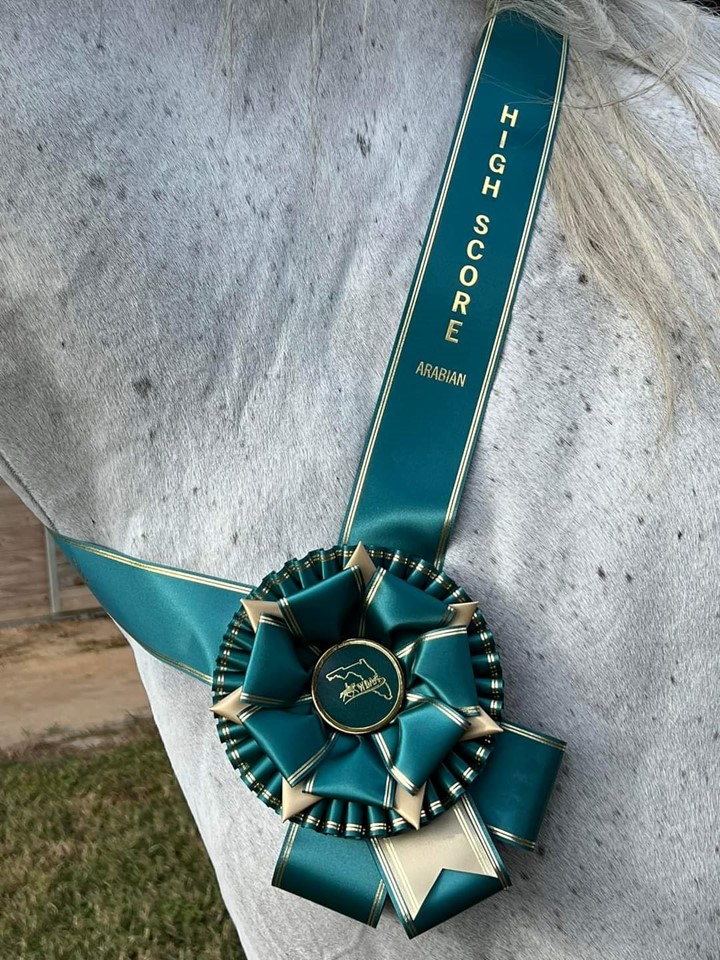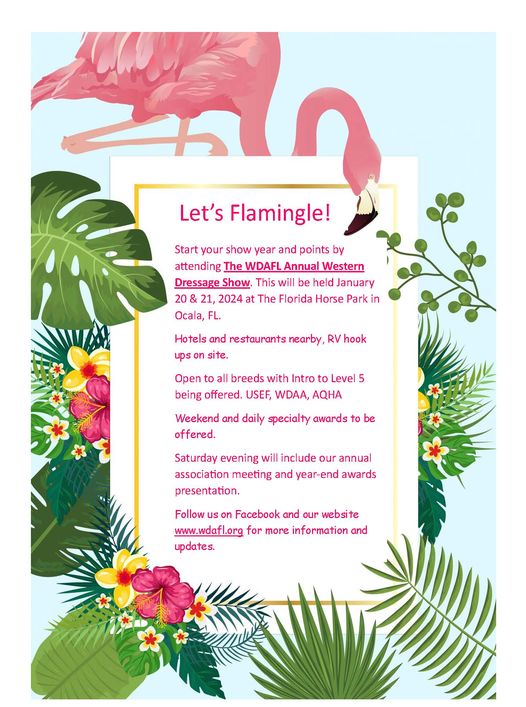Western Dressage is a relatively new discipline, combining dressage and classical principles of horsemanship. Its core values are based on working with the horse, its natural agility and mental aptitude. It doesn’t compromise a horse’s nature and conformation, rather works with what the horse has to offer. Western Dressage not only benefits the western horse, Western Dressage is beneficial to all breeds. Rather than focus on the breed characteristics like many disciplines, it focuses on the emotional, mental and physical state of the horse during training.
Western Dressage emphasizes partnership between horse and rider as well as the development of a well-rounded, disciplined horse. While Western Dressage is not about developing a traditionally trained dressage horse, it does promote, and execute, a similar training foundation where acceptance of aids, relaxation, cadence, collection and balance are the building blocks to an emotionally and physically sound equine partner. The development of a Western Dressage foundation relies on several guiding principles and exercises: the importance of a relaxed and focused warm up; strength and balance building lateral work; the development (mechanics) and importance of collection vs a headset or frame. Most importantly, Western Dressage values patience, time and the overall well-being of a horse – the development of mind, body and spirit.
One of the main differences between Western Dressage and Western Pleasure is the collected canter in dressage and the western lope in Western Pleasure. In dressage we are searching for balance from back to front, cadence and impulsion. The dressage horse has lowered its haunches, lifted its shoulder and rounded its top line, all of which increases hind end engagement. In Western Pleasure there are slower gaits and shortened strides, with no suspension, extension or impulsion. Traditional Western Pleasure training and showing has produced horses that were not capable of moving out at a lope in a free-flowing stride, one that was of reasonable length in keeping with the horse’s natural conformation (head and neck level with the withers). Instead the horse would be trained to carry its head below the withers (referred to as “peanut rolling”), sit behind the contact at a lope and with its hind quarters canted inward. This is opposite of how a Western Dressage horse is developed where the horse is asked to carry its head in front of the movement, seek out contact while traveling in a collected and balanced frame.
While there are many differences between Western Dressage and Western Pleasure training we have begun to see a recent shift in the way in which Western Pleasure horses are trained, showed and judged. Thanks to Western Dressage’s emphasis on dressage and classical horsemanship principles, many Western Pleasure horses are being developed in self carriage, with collection, impulsion and a natural head set. They resemble more of a show horse than a manufactured one.
Caroline Rider
Rider Horsemanship
For more information regarding Caroline Rider’s training and healing methods please visit: www.riderhorsemanship.com
